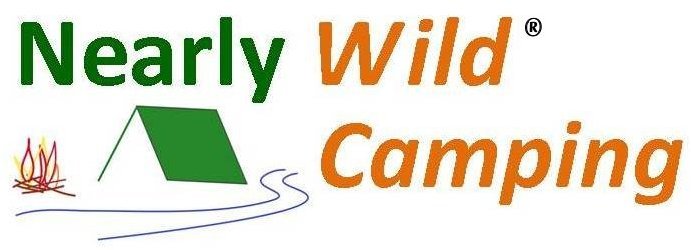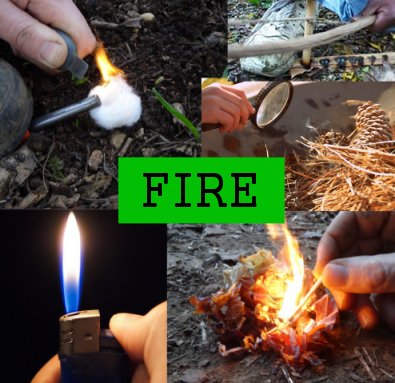The three main considerations when choosing a tent for wilder camping are weight, pack size and price. Other considerations are how often you will use the tent, how many people and kit will it need to accommodate and in what season/s are you planning to use it.
Generally if you are backpacking you are going to need to spend a bit more to get a higher spec. tent that weighs less and will pack down smaller. Having said that there are plenty of people who just buy the cheapest they can find knowing that they only intend to spend a few nights out in the middle of summer in fine weather. If your tent comes with basic steel pegs you may want to get some lightweight alloy ones to reduce weight.
If you are likely to be out during times when it rains then you might consider a tent with a porch for cooking in and sitting out of the rain. There are many different types on the market but the bigger the porch, the heavier they tend to be overall. Make sure it is well ventilated if cooking inside, better still use a stick (or similar) to hold the door at least part way open. On some tents without a porch supporting the door can provide just enough of a covered space to improvise a sheltered cooking area.
Lightweight, small tents tend to be in the 1.5 – 4kg range. Heavier/larger tents can be split between the number of people in your group. So in a group of 3 with a 5kg tent, person 1 carries the inner tent and poles, person 2 the outer tent and person three the pegs and groundsheet – each carrying less than 2kg. Alternatively a person on their own may carry a 1 person tent (say 1.8kg) and a small tarp/groundsheet (400g) to improvise a porch space.
If weight is your primary concern you should also consider the weight of the rest of your kit as well eg. backpack, sleeping bag, cooking kit, food/water – basically everything you will be carrying and the clothes you will be wearing. You may find you can save weight in one area that would allow you to add some in another, maybe a thicker sleep mat for a better night’s sleep because instead of a pillow you could use a small drybag stuffed with your jacket. Another compromise could be using a narrower but taller tent that you can sit up in but most of your kit has to remain outside under a waterproof backpack cover.
If price is an issue you may want to think about purchasing a well known brand because there will be more chance of selling it on after your adventures via the likes of ebay. In fact you may even want to consider buying a used tent to start with, that way you could get pretty much all of your money back if you later sell it.
As with all kit I would suggest you test it and get familiar with it locally before taking it on more serious adventures…









